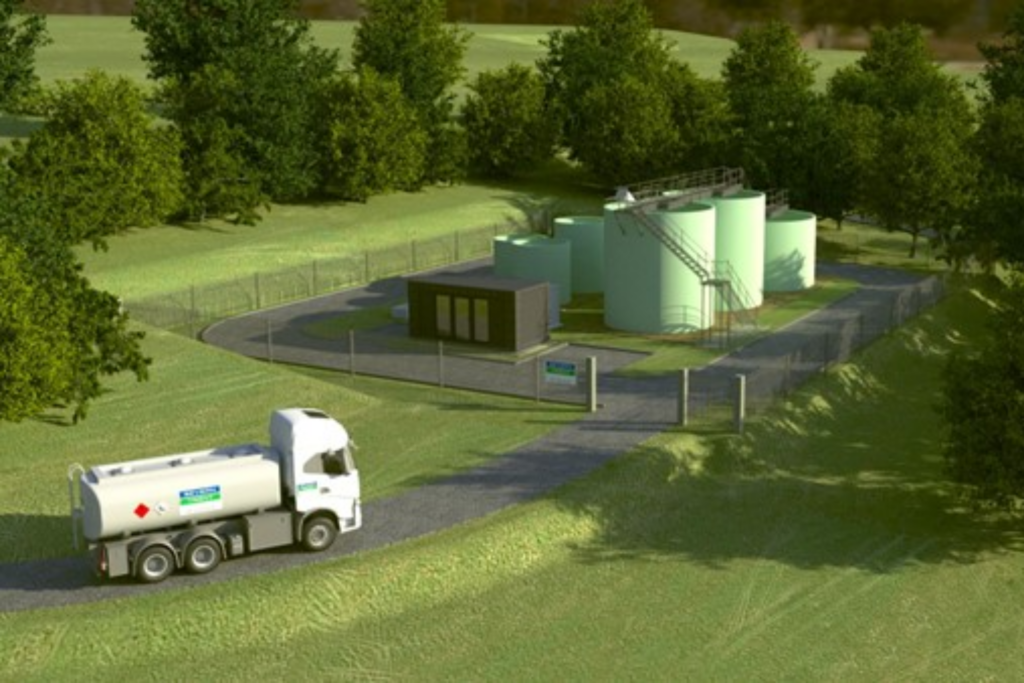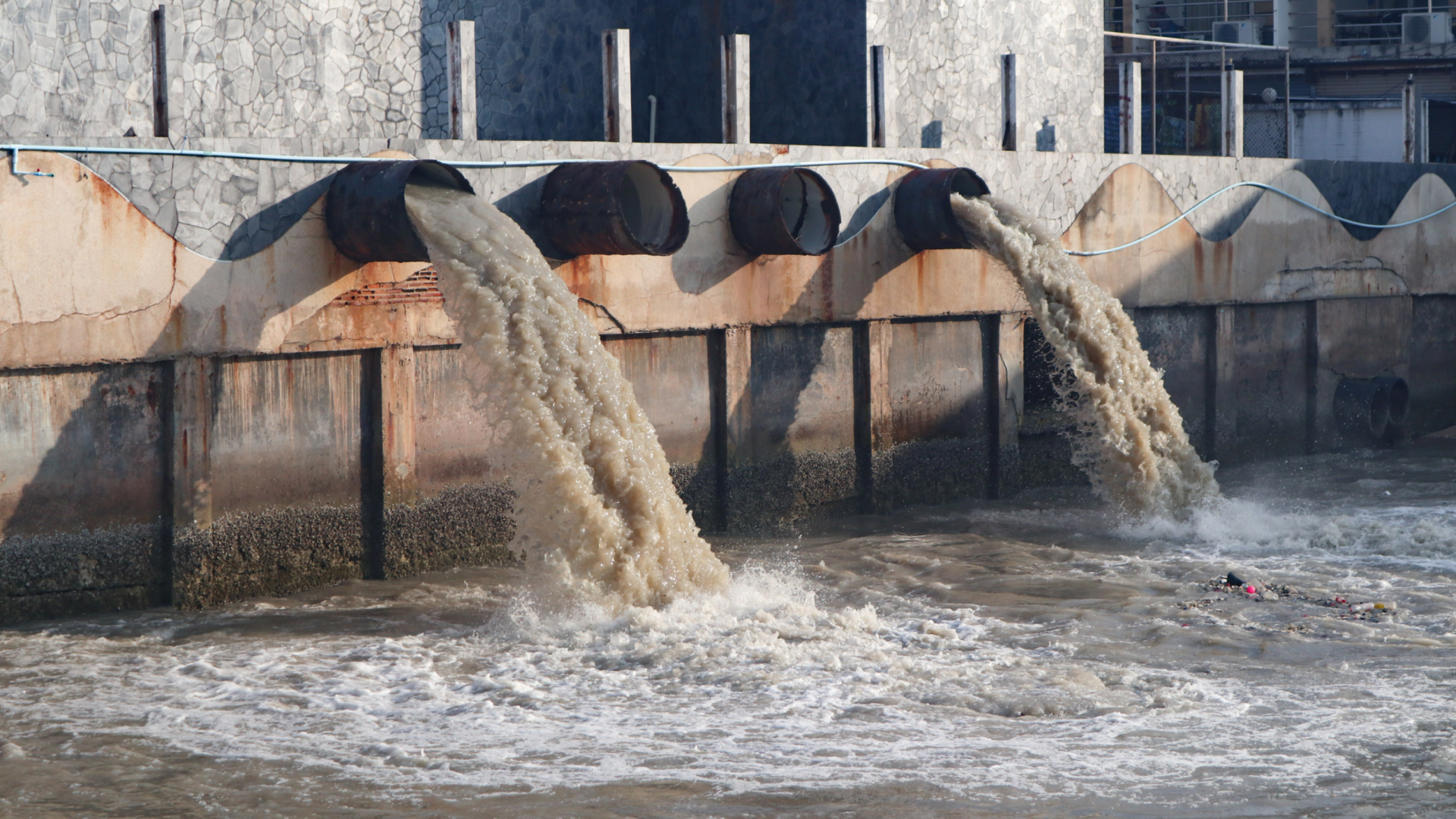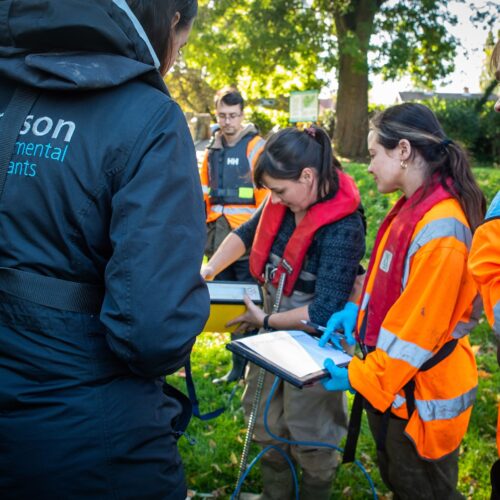Balancing a housing crisis with a nutrient crisis
Until 2018, nutrient neutrality was a concept most planners and developers knew nothing about, let alone how to achieve it. Now it is front of mind right across the country, as Natural England expands restrictions on new house building across 74 of the UK’s Local Planning Authorities.
Phosphates and nitrates generated in waste-water from developments and fertilisers applied to agricultural land enter our rivers and coastal waters where they can cause algal blooms. Natural England has determined through the Habitats Regulations Assessment (HRA) process that many of our protected rivers, lakes and water bodies are in an unfavourable condition and will continue to decline unless they are protected from further nutrient pollution damage.
An HRA is required for each individual development and planning authorities cannot grant consent unless they are certain that the proposal will not have a significant effect on the Special Area of Conservation (SAC). Consequently, construction projects are being stopped in their tracks and planners and developers are now on a very steep learning curve. With 120,000 new homes now on hold, understanding how to achieve nutrient neutrality is critical. Not just for local authorities, with ambitious housing targets but also for developers needing a return on their investments.

Progress to date
Some progress has been made since Natural England revised its interpretation of the Habitats Regulations in 2018 and ruled that all new planning applications in affected areas needed to demonstrate nutrient neutrality. In March 2022 Natural England issued guidance to planning authorities on nutrient neutrality assessments including catchment specific nutrient calculators. The calculators give a nutrient budget figure arising from the net increase in population from development based on input information about current land use and the proposed development. In cases where there is a net increase in the levels of nitrogen and phosphorous developers are then required to propose mitigation solutions. The guidance also establishes that the impacts arising from nutrients are typically considered to be in perpetuity although mitigation is expected to be funded over a period of 80-120 years.
Current position on mitigation solutions
While restrictions are clearly in place, there is less clarity about exactly what mitigation will be required. Natural England is working to define these criteria. The Local Government Association has developed a useful Q&A guiding affected planning authorities and its Planning Advisory Service is providing support with briefings and updates. Currently LPAs err on the side of caution when calculating the mitigation levels needed but these will become clearer as environmental research and analysis establishes more accurate calculations and methodologies. It is already clear that mitigation will have to follow a standard hierarchy of measures from the use of water efficient appliances to reduce water use, though on-site mitigation measures such as SUDS schemes and treatment facilities, to larger scale off site measures including agricultural land use change to offset nutrients generated from development.
Demonstrating the effectiveness of solutions is central to assessment requirements. For example, the evidence required to satisfy Natural England that a site with onsite wastewater treatment will meet Nutrient Neutrality requirements in perpetuity, is less than for other of mitigation. This largely due to all WwTWs (in England) requiring a legally binding discharge permit from the Environment Agency (EA). The onus is on the operator to design, build, operate, and maintain the facility in accordance with agreed nutrient removal limits.
Of the nature-based solutions, wetlands have the strongest evidence base since they are already used for tertiary sewage treatment. The uptake of nutrients by other habitat types including woodland and grassland is less well understood and therefore local authorities are likely to be more cautious in considering mitigation schemes based on alternative habitats.
Bigger is better
What does seem certain is that large scale schemes, such as those at County or local authority level, are likely to be considered more favourably by Natural England than those at a site level. Collaborative working by the local authorities which border the Solent SAC via Partnership for South Hampshire (PfSH) and Hampshire and Isle of Wight Wildlife Trust have led to the Solent Nutrient Market Pilot. Developers buy credits in the scheme which are used to fund land use changes by farmers in the Test and Itchen catchments – two of the rivers feeding the Solent SAC. The scheme not only benefits the Solent, but helps to protect and restore these two protected chalk rivers. Multiple benefits (often referred to as ‘stacking’) is a key consideration for nature-based solutions with schemes potentially offering carbon credits, biodiversity net gain as well as nutrient offsetting.
The same principal applies to treatment works solutions. Environmental regulators look poorly on multiple applications for new Wastewater Treatment Works (WwTW’s) in relatively small geographical areas. Accordingly, developers, land promoters and planners would be well advised to collaborate by building fewer (but higher performance) systems which benefit multiple sites.
Where possible, multiple developments should drain into the same WwTW, using a “hub and spoke” arrangement. However, where distances, topography, or other factors make direct connections unfeasible, it may be possible to trade nutrient credits from one site to another (assuming there is sufficient physical capacity in the existing sewerage system in the first instance). For this approach to work, the developments must be within the same water catchment, and both Natural England and Local Planning Authority must be satisfied with the proposal. For both nature based and treatment solutions early engagement is key.

What happens next?
Natural England’s generic nutrient neutrality methodology was published in March 2022, with further updates relating to specific protected sites, including the Solent, in May and June. A recent court case, Wyatt, R. (On the Application of) v Fareham Borough Council challenged the use of the generic occupancy figure of 2.4 used in the nutrient budget calculator. The court found in favour of the Council but noted that the judgment should not be interpreted as “giving a clean bill of health” to the use of a national occupancy rate. Natural England had delayed issuing further national guidance pending the outcome of the case.
Further work is also required on the methods used to quantify both nutrient release from different land use types, and nutrient uptake by different habitat types that may offer nature-based solutions. This is particularly important for small scale schemes where the burden of proof for mitigation schemes is currently stalling schemes at the planning stage.
Councils within affected areas are now preparing nutrient neutrality strategies and costed action plans supported by the funding from water companies and the Department of Levelling Up, Housing and Communities (DLUHC). Ultimately, nutrient trading schemes, such as the one being piloted for the Solent area are likely to provide the solution, but until they are implemented, site-based schemes will continue to be the best and only option for developers.
Prepared in collaboration with Severn Trent Connect, a wholly owned subsidiary of Severn Trent PLC. Severn Trent Connect provides sustainable mitigation solutions to nutrient neutrality through waste water treatment.
If you have any questions about nutrient neutrality and what you can do to achieve it, we’d be happy to help. Get in touch at: Tessa Harding ([email protected])
For enquiries about water treatment services: William Mackveley (General Manager) [email protected] or Lara Day (Business Development Manager) ([email protected]).
Authored by Tessa Harding (Director of Water Services, Thomson Environmental Consultants).
Tessa Harding is a chartered environmental scientist (Society for the Environment) and a full member of the Chartered Institute of Ecology and Environmental Management (CIEEM). She is Director of Water Services at Thomson Environmental Consultants.













